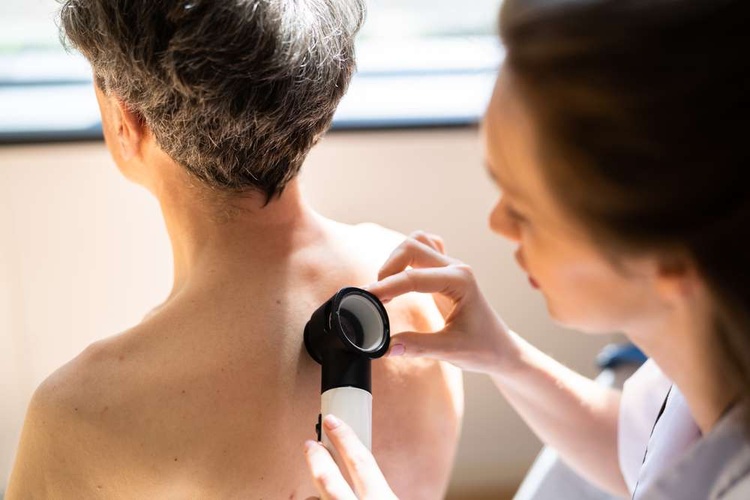Plaque Psoriasis: Treatment Options for the Skin
Plaque psoriasis is a chronic inflammatory condition that commonly affects the skin, producing red, scaly patches. Treatment aims to reduce inflammation, slow skin cell turnover, relieve itching, and improve appearance and quality of life. Options range from over-the-counter creams and moisturizers to prescription topical medication, phototherapy, and systemic drugs — choice depends on severity, affected areas, and patient preferences.

What is plaque psoriasis and how does it affect skin?
Plaque psoriasis is the most common form of psoriasis. It causes sharply defined, raised plaques with silvery scale that result from accelerated skin cell proliferation and inflammation. Lesions often appear on elbows, knees, scalp, and torso but can occur anywhere. Severity varies from small localized patches to widespread involvement that impairs daily activities. Understanding how the condition affects the skin helps guide whether topical care, light therapies, or systemic medication is most appropriate.
How do topical creams work for plaque psoriasis?
Topical creams are first-line treatment for mild to moderate plaque psoriasis, especially for limited areas. Common categories include corticosteroid creams to reduce inflammation, vitamin D analogues to slow cell growth, and moisturizers or emollients to reduce scaling and itching. Topical retinoids and calcineurin inhibitors are options for certain locations like the face or skin folds. Proper application frequency, quantity (finger-tip unit guidance), and rotation of products when needed can improve response and limit side effects.
When is systemic medication recommended?
Systemic medication is recommended when plaque psoriasis is moderate to severe, covers large body surface areas, affects quality of life, or fails topical and phototherapy approaches. Oral options include methotrexate, cyclosporine, and apremilast; biologic therapies target specific immune pathways such as TNF, IL-17, or IL-23. Systemic drugs often require baseline screening (blood tests, liver function, infection risk) and ongoing monitoring. A dermatologist will weigh effectiveness, safety profile, comorbidities, and pregnancy planning when recommending systemic treatment.
Phototherapy and other non-drug treatments
Phototherapy uses controlled ultraviolet light (UVB or PUVA) to reduce skin inflammation and slow cell growth; it is typically administered in clinics or specialized local services. Excimer lasers target individual plaques. Lifestyle measures — maintaining skin hydration, avoiding triggers (like smoking or excessive alcohol), gentle skin care routines, and stress management — complement medical treatments. For some people, alternative adjuncts such as weight management and managing joint symptoms with rheumatology input improve overall outcomes.
Managing treatment side effects and finding local services
All treatments carry potential side effects: topical steroids can thin skin with long-term use, systemic agents can affect organs or immune function, and phototherapy increases cumulative UV exposure. Regular follow-up with a dermatologist helps detect and manage adverse effects. When seeking care, look for dermatology clinics, phototherapy centers, or integrated dermatology-rheumatology practices in your area that offer evidence-based protocols. Discuss vaccination status, monitoring plans, and how treatment will be adjusted over time.
This article is for informational purposes only and should not be considered medical advice. Please consult a qualified healthcare professional for personalized guidance and treatment.
Plaque psoriasis management is typically tailored to lesion severity, distribution, patient preference, and safety considerations. Combining topical creams with targeted medication or phototherapy is common for better control. Regular review of treatment effectiveness and side effects, attention to skin care and lifestyle factors, and coordination with local services when needed help people with plaque psoriasis achieve more consistent symptom control and improved skin health.






